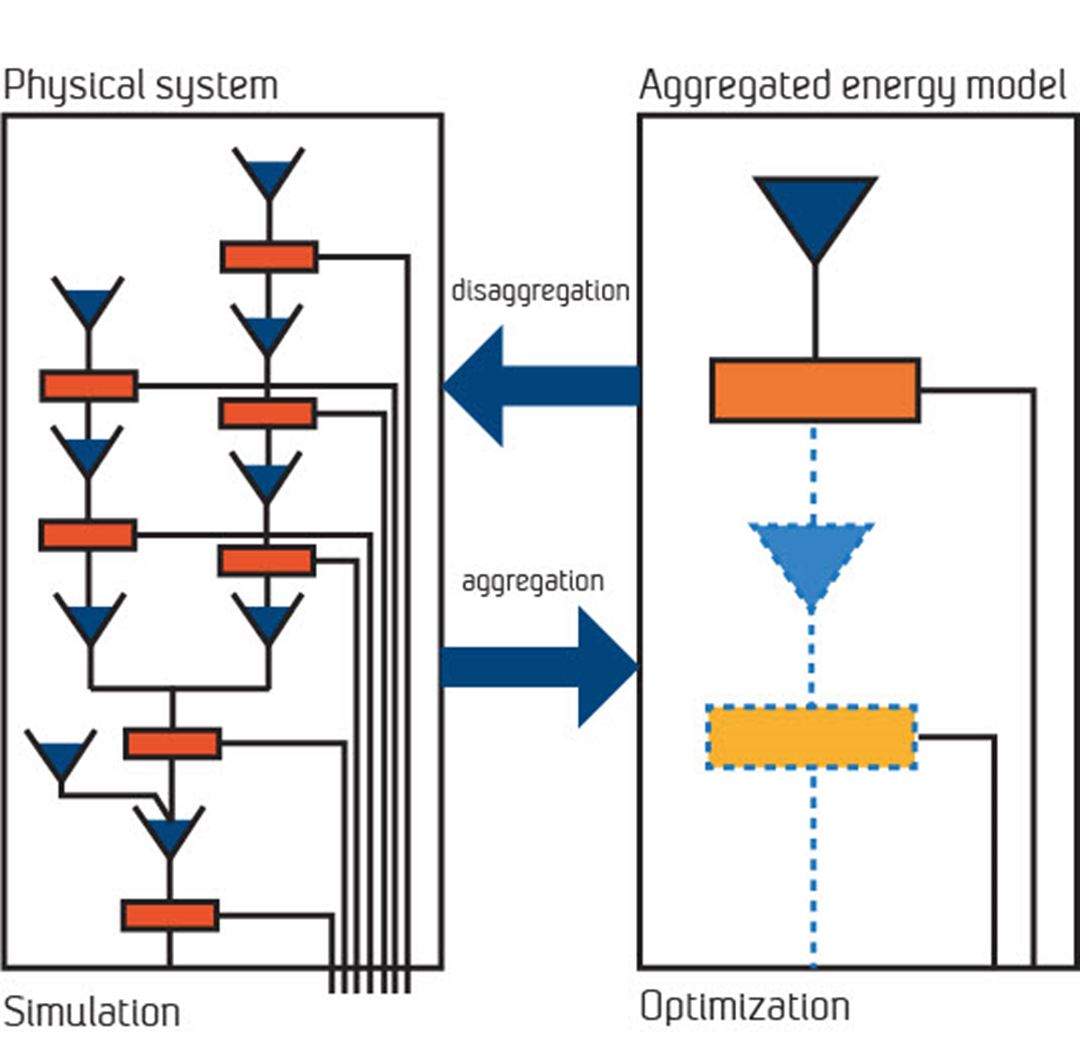Models for Aggregation and Disaggregation - MAD
About
Project goal
The goal is to develop new methods for aggregation and disaggregation of hydro market models and to implement this in the EMPS models, which is used by the industry partners and other major players in the Nordic market as crucial decision-aid in production planning, price forecasting, investment planning and other analyses. The secondary targets that are necessary to achieve the overall objective are:
- Choice of aggregated models structure
- Develop and implementation of aggregation method
- Hydro-thermal optimization (water value method) for aggregated models
- Develop and implement disaggregation adapted to the new structure
The project
Hydro-thermal market optimization and simulation models are crucial decision support tools used for price forecasting, operation planning, analysis of security of supply and investment analysis. The large number of hydro plants and reservoirs in the Nordic system significantly adds to the complexity of these models. Therefore, all models that need to represent the whole Nordic market must use an aggregated representation of the hydro system.
The models that will be addressed in this project, Vansimtap and Samkjøringsmodellen, both apply an aggregated model description. The present aggregation technique used in these models introduces simplifications that may give non-optimal model decisions, which in turn may lead to non-optimal operation and utilisation of resources, and possibly wrong investment decisions.
The models also include disaggregation procedures. Disaggregation are used in simulation procedures to verify that decisions from an aggregated model is valid for the detailed physical system. Disaggregation and validation also ensures that the simplifications and consequently added unrealistic flexibility given by the aggregation is corrected for in the simulated results. Models that combine simulation techniques with (strategy) optimization at an aggregate level can effectively address non-linear and state dependent constraints that otherwise needs to be simplified or even left out in formal optimization methods due to problem size and resulting computational burden.
The Nordic power market will in the future see a stronger coupling to the European power markets and experience increasing quantities of non-storable new renewables. The existing aggregation and disaggregation methods used in the EMPS models are not adapted to the new challenges that this introduces.
The purpose of the project is to develop new methods for aggregation and disaggregation that will improve the model properties in general and specifically with regard to the new challenges.
